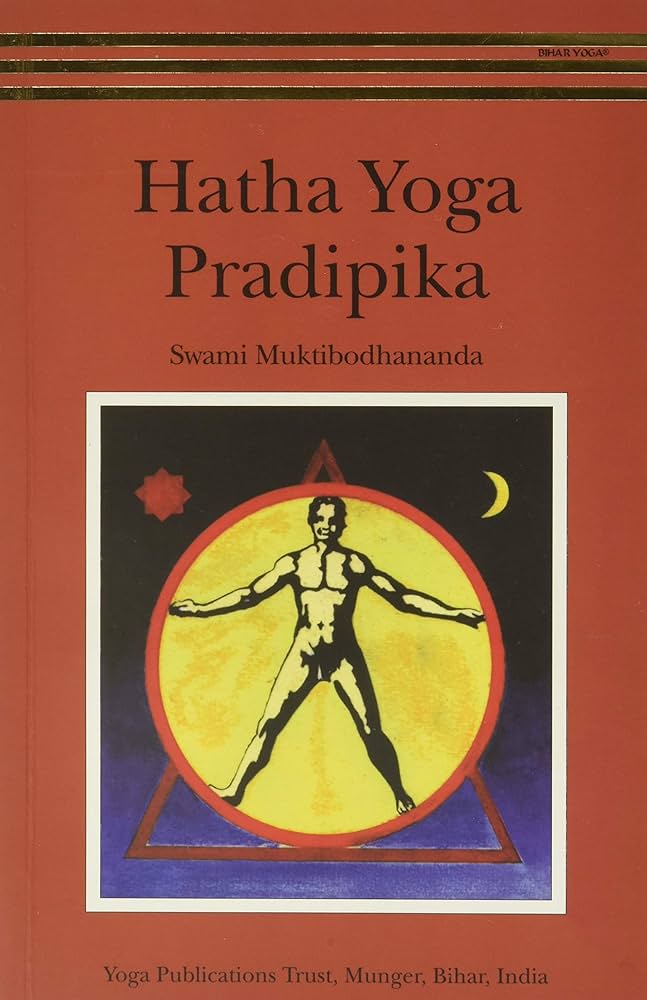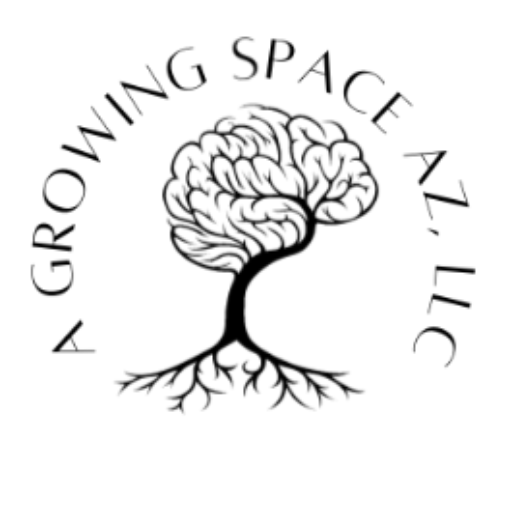Anger and anxiety are two major emotions that can often feel overwhelming and disrupt our daily lives if left unchecked. Anger is an emotion characterized by antagonism toward someone or something you feel has deliberately done you wrong. On the other hand, anxiety is the worry or fear you feel in response to a perceived threat. Managing these two is crucial for maintaining our overall well-being and mental health. Thankfully, there are various techniques and strategies available to help us navigate these challenging emotions. One such technique that has gained worldwide recognition for its effectiveness is one that I have talked about before and its called (drumroll please 🥁)…
@drpecatraumamegastar Quick fix for anger, anxiety, and dysregulation! #breathingexercises #breathingtechnique #panicattack #angerissues #anxietyrelief
♬ original sound – DrPecaTraumaMegastar
Whilst we have talked about this before, today I felt the need to put the same topic to paper (or fingers to keyboard, if we’re being modern about it 😜) and expand on it. After all, my TikTok video was rather short and did not address the history and mechanics of the technique. By the end of this short post, I will address all those points as well as share with you extra tips to help you effectively manage your emotions.
Ready? Let’s dive in!
What Is The Breath of Fire?

The Breath of Fire is a breathing exercise that is quick-paced, rhythmic, and sustained for a long period of time. The exercise is associated with stress relief and healing from trauma. It may also improve respiratory health, concentration, and mindfulness. It is also known as Kapalabhati Pranayama and has deep roots in the ancient practice of Hatha Yoga.
Hatha Yoga is considered one of the foundational branches of yoga, focusing on physical postures (asanas) and breath control (pranayama). Its focus is to help you become more mindful of yourself, so you can use that mindfulness in ways that contribute to the well-being of those you encounter.
The term “Kapalabhati” translates to “Skull-shining Breath” in Sanskrit (an old Indo-Aryan language), but it is more commonly referred to as the “Breath of Fire” in modern yoga circles. This powerful breathing exercise has been passed down through generations and is mentioned in two essential yogic texts: the Hatha Yoga Pradipika and the Gheranda Samhita. These texts serve as the basis for many contemporary yoga practices:


While different schools of yoga may have slight variations in their approach to the Breath of Fire technique, the core principles remain consistent across different disciplines, including trauma healing. The focus is on harnessing the breath to achieve a state of balance and inner harmony.
You might be wondering how this technique works exactly.
Well, its super simple. It all involves rapid and rhythmic breathing patterns. As I demonstrated in my TikTok video above or as shown in the video below, there is no pause between inhalation and exhalation, creating a continuous flow of breath. This vigorous breathwork activates and energizes the body, allowing for a deep cleansing effect:
Did you notice how essential it is to breathe exclusively through the nostrils, keeping the mouth closed? This is important because nostril breathing helps to filter, warm, and moisten the incoming air, enhancing the overall effectiveness of the practice.
In the next section, we will explore the wide range of benefits that the Breath of Fire offers for managing anger & anxiety, promoting relaxation, and enhancing your overall well-being.
Benefits of the Breath of Fire Technique
The Breath of Fire technique has numerous benefits for managing anger. It helps to release built-up tension and emotional energy. It also promotes a sense of calmness and relaxation in the mind and body. Regular practice of this technique can enhance emotional regulation and reduce the intensity of anger responses. By focusing on the breath and maintaining a steady rhythm, it can help you gain control over your emotions and respond to anger in a more balanced and composed manner.
Lets look at some of these benefits in detail:

Emotional Regulation:
The technique helps regulate the breath and activates the parasympathetic nervous system, promoting relaxation and reducing stress. By engaging in this rhythmic breathing pattern, you can create a sense of calm and balance within yourself, allowing you to better manage and diffuse feelings of anger.

Improved Concentration:
The technique enhances concentration and can improve your visual reaction time. When anger arises, it can be challenging to think clearly and make rational decisions. The technique can sharpen your focus and maintain a clearer state of mind, enabling you to respond to situations more effectively.

Mindfulness and Awareness:
It can increase levels of mindfulness and promote a greater sense of self-awareness. When anger arises, it can be easy to get caught up in the intensity of the emotion. By bringing your attention to the rhythmic movement of your breath, you can anchor yourself in the present moment and cultivate a greater awareness of your thoughts, emotions, and bodily sensations. This heightened awareness allows you to respond to anger with more intention and compassion.

Energetic Effects:
It is believed that the technique stimulates the navel chakra, which is associated with confidence, self-esteem, and willpower. When anger arises, it can be helpful to tap into your inner strength and assertiveness. It can help you activate and balance the navel chakra, empowering yourself to respond to anger in a more grounded and assertive manner.

Physical Benefits:
The rapid movement of the breath during the Breath of Fire technique provides an abdominal workout, strengthening the abdominal muscles. This physical aspect of the practice can help release tension and pent-up energy, allowing you to channel your anger in a more constructive way. Additionally, the increased oxygen flow to the body improves overall respiratory function, promoting a sense of vitality and well-being.
Next, let`s look at some practical tips and guidance on how to effectively use the Breath of Fire technique in managing anger.
How to Get Rid of Anger: Step-by-Step Guide
To get rid of anger and to experience the benefits of the technique, it’s important to practice it correctly. Here is a detailed step-by-step guide to help you get started:
Find a Comfortable Position: Begin by finding a comfortable and quiet place to sit, either on a mat in a cross-legged position or on a chair if sitting on the floor is challenging for you. Rest your hands on your knees with an open palm mudra, like this:

Relax Your Body: Ensure that your chest, hands, feet, face, and belly are relaxed. This relaxation is crucial for allowing the breath to flow freely and for maximizing the benefits of the technique.
Remember, the Breath of Fire involves rapid and rhythmic breathing patterns. Start by taking a passive, normal inhalation, and then forcefully exhale through the nostrils, using your abdominal muscles to push the breath out. The inhale and exhale should be of equal duration, creating a continuous flow of breath. Keep your mouth closed throughout the practice.
Begin Slowly: If you are new to this technique, it’s recommended to start with a slower pace. Aim for one to two breaths per second, gradually increasing the speed as you become more comfortable and experienced. It’s important to focus on maintaining a steady and consistent rhythm.
Practice Mindful Breathing: Pay attention to your breath and the sensations in your body. Stay present and mindful of the movement of your abdomen and the flow of air through your nostrils. This mindfulness enhances the effectiveness of the practice.
Start with Short Sessions: Initially, practice the Breath of Fire for one to three minutes and gradually increase the duration over time. It’s essential to listen to your body and not push yourself beyond your comfort level. Consistency is key, so aim for regular practice rather than long sessions.
Modifications for Beginners: If you are new to the Breath of Fire technique or have physical limitations, it’s important to modify the practice accordingly. Start with shorter durations and focus on maintaining a steady breath rhythm. If you experience dizziness or discomfort, slow down the pace or take breaks as needed. Always prioritize your safety and comfort.
Breathe Safely and Comfortably: Throughout the practice, ensure that you are breathing safely and comfortably. If you feel any discomfort or strain, adjust your breathing or take a break. It’s important to listen to your body and make modifications as necessary.
Conclusion
We have learned that the Breath of Fire technique is a powerful practice that offers a multitude of benefits for managing anger and anxiety. Let’s recap these benefits:
- Emotional Regulation: It helps regulate the breath and activate the parasympathetic nervous system, promoting relaxation and reducing stress.
- Improved Concentration: Practicing this technique enhances concentration and improves visual reaction time, allowing for clearer thinking and decision-making.
- Mindfulness and Awareness: Incorporating the Breath of Fire technique into your daily routine increases mindfulness and self-awareness, enabling you to respond to anger and anxiety with intention and compassion.
- Energetic Effects: By stimulating the navel chakra, the Breath of Fire technique promotes confidence, self-esteem, and willpower, empowering you to manage your emotions effectively.
- Physical Benefits: The Breath of Fire technique provides an abdominal workout, strengthens the abdominal muscles, and improves respiratory function, promoting physical well-being.

You have the power to take control of your emotions and find inner peace. You are well able to regulate your emotions, sharpen your focus, and cultivate a greater sense of self-awareness. Embrace this practice with an open heart and trust in its transformative potential. Be patient with yourself, and trust that with time and practice, you will experience its profound benefits.
Now is the time to take action and incorporate it into your life. Set aside dedicated time, start slowly, and seek guidance if needed. Consistency is key, so commit to making this technique a part of your daily routine.
And…
As you embark on this journey, always know that you are not alone. There are resources, teachers, and helpful people like myself 😊 who are available to support you along the way.
May this practice guide you towards a state of inner peace, emotional balance, and empowered living.






